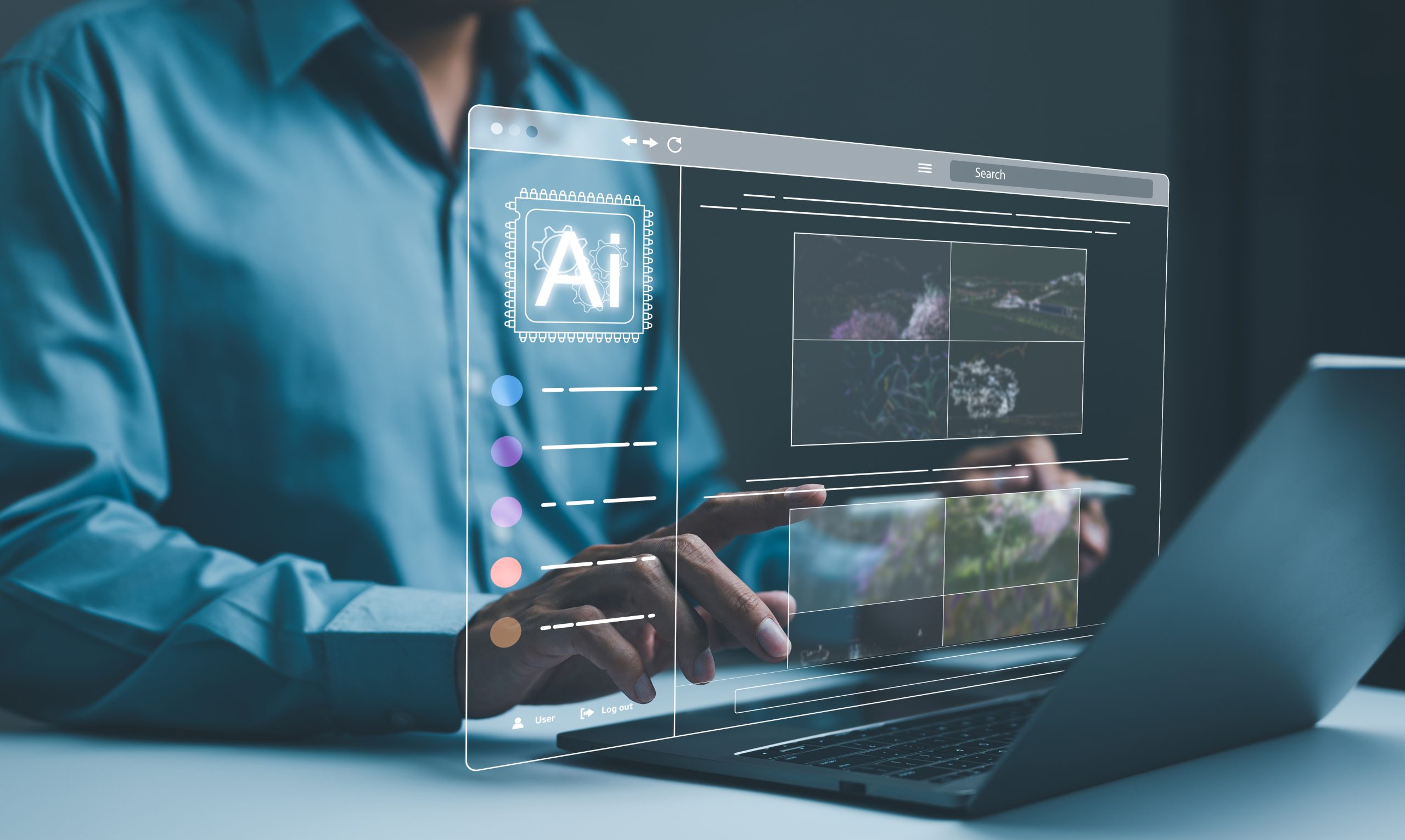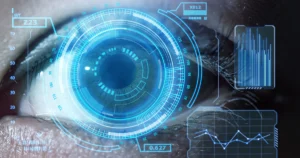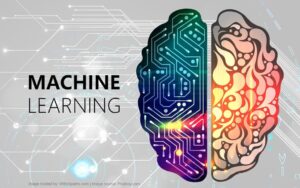The Role of AI in Student Assessment
Accurate assessment is essential for personalized learning, and AI plays a significant role in accelerating and making this process more efficient. Teachers sometimes have to spend a lot of time grading and interpreting traditional tests, as they only test superficial understanding. AI-powered assessment tools can assess both the accuracy of answers and the reasoning behind them. For example, adaptive testing systems adjust the difficulty of questions based on the student’s level. These AI systems can track student progress, identify bottlenecks, and provide teachers with immediate, useful feedback. This continuous and comprehensive assessment approach enables immediate action to address learning gaps before they develop into major problems.
Adaptive Learning Platforms
AI-powered adaptive learning platforms are a crucial component of personalized education. These systems analyze extensive student data to develop unique lesson plans for each student. For example, if a student is struggling with a math concept, the platform can slow the learning process, offer more practice problems, or present the concept in a new way, such as through interactive simulations or visualizations. Conversely, if a student quickly masters a topic, AI can accelerate the learning process by offering more challenging material to maintain interest. This adaptability ensures that students are neither bored by material that is too easy nor overwhelmed by material that is too difficult.
Improving Teacher Support and Productivity
AI isn’t designed to replace teachers; rather, it aims to support them by performing everyday tasks and providing practical information. AI-powered personalized learning systems can handle administrative tasks like grading exams, recording attendance, and reviewing test results. This frees teachers to stay connected with students and reflect on how to teach them better. AI can also help teachers identify which students need extra help in specific areas, allowing them to provide more specific instruction rather than general guidance. Ultimately, classes become more efficient, and every student receives the help they need, without increasing teachers’ workload.
AI Tutoring Systems
AI tutoring systems are becoming a crucial component of personalized learning outside the classroom. You can use these systems at any time of day or night, even outside of school hours. Virtual tutors use natural language processing technology to understand students’ questions and provide context-sensitive, accurate answers. Unlike human tutors, who are limited to fixed-time tutoring sessions, AI tutors can answer students’ questions immediately and provide ample practice time tailored to their learning needs. Language platforms, for example, allow students to communicate with each other, correct grammatical errors in real time, and adjust their vocabulary based on their progress. This continuous support improves learning efficiency and builds confidence.
Making Education Accessible to All
AI-powered personalized learning tools can also help make education more accessible to everyone. AI systems that adapt to the individual needs of students with disabilities can support them. For example, speech-to-text tools can support hearing-impaired students, and text-to-speech software can assist visually impaired students. AI-based systems can also help students in remote or underserved areas receive a high-quality education without needing to be constantly present in the classroom. By reducing physical and geographical boundaries, AI ensures that more people have access to personalized learning opportunities that were previously unavailable.
The Future of AI in Education
In the future, personalized learning could leverage more powerful AI systems to better understand students. Thanks to new technologies like emotion recognition, wearable learning trackers, and immersive virtual reality classrooms, AI could adapt learning styles based on students’ moods, energy levels, and interests. AI could also evolve to enable interactions that more closely resemble those between humans, making virtual tutors and learning assistants more useful and accessible. As technology advances, the role of teachers will also change. They will focus more on guidance, critical thinking, and emotional support, while AI will personalize content delivery.
Conclusion
AI is transforming personalized learning, making it more flexible, engaging, and accessible to everyone. Students can receive personalized instruction tailored to their needs through AI-driven assessments, adaptive learning platforms, virtual tutors, and tools that facilitate learning. Teachers will have less paperwork and gain more detailed insight into student learning, allowing them to focus on truly meaningful instruction. However, we must also address issues like data privacy, algorithmic bias, and access to technology to ensure that everyone can benefit from AI-powered education. As technology continues to develop, the combination of AI and human teachers will create a more engaging, inspiring, and welcoming learning environment for future generations.
FAQs
1. What does personalized learning mean in schools?
Personalized learning is an educational approach that considers each student’s unique needs, skills, and learning style when determining lesson content, pace, and methods.
2. How does AI personalize learning?
AI uses student data to customize lesson plans, provide immediate feedback, and recommend resources that help students learn.
3. Can AI replace teachers in the classroom?
AI is not designed to replace teachers. Instead, it is designed to support them by automating tasks, providing information, and improving classroom efficiency.
4. What are the benefits of AI teachers?
AI teachers are an excellent complement to traditional learning because they are available 24/7, provide personalized feedback, and allow you to practice anytime, anywhere.
5. Are there risks associated with using AI in education?
Yes, to ensure a fair system, concerns about privacy, algorithmic bias, and unequal access to technology must be addressed.




